Designing an efficient loading dock is essential for smooth operations in warehouses and distribution centers. Proper planning ensures optimal workflow, safety, and compliance with industry standards. Loading dock specifications play a key role in aligning the dock layout with truck types, space constraints, and operational needs.
The global loading dock system market was valued at approximately USD 3.5 billion in 2023 and is projected to reach around USD 5.8 billion by 2032, highlighting the growing demand for optimized dock solutions.
In this guide, we’ll explore key design considerations, equipment choices, and compliance factors that shape a successful loading dock design.
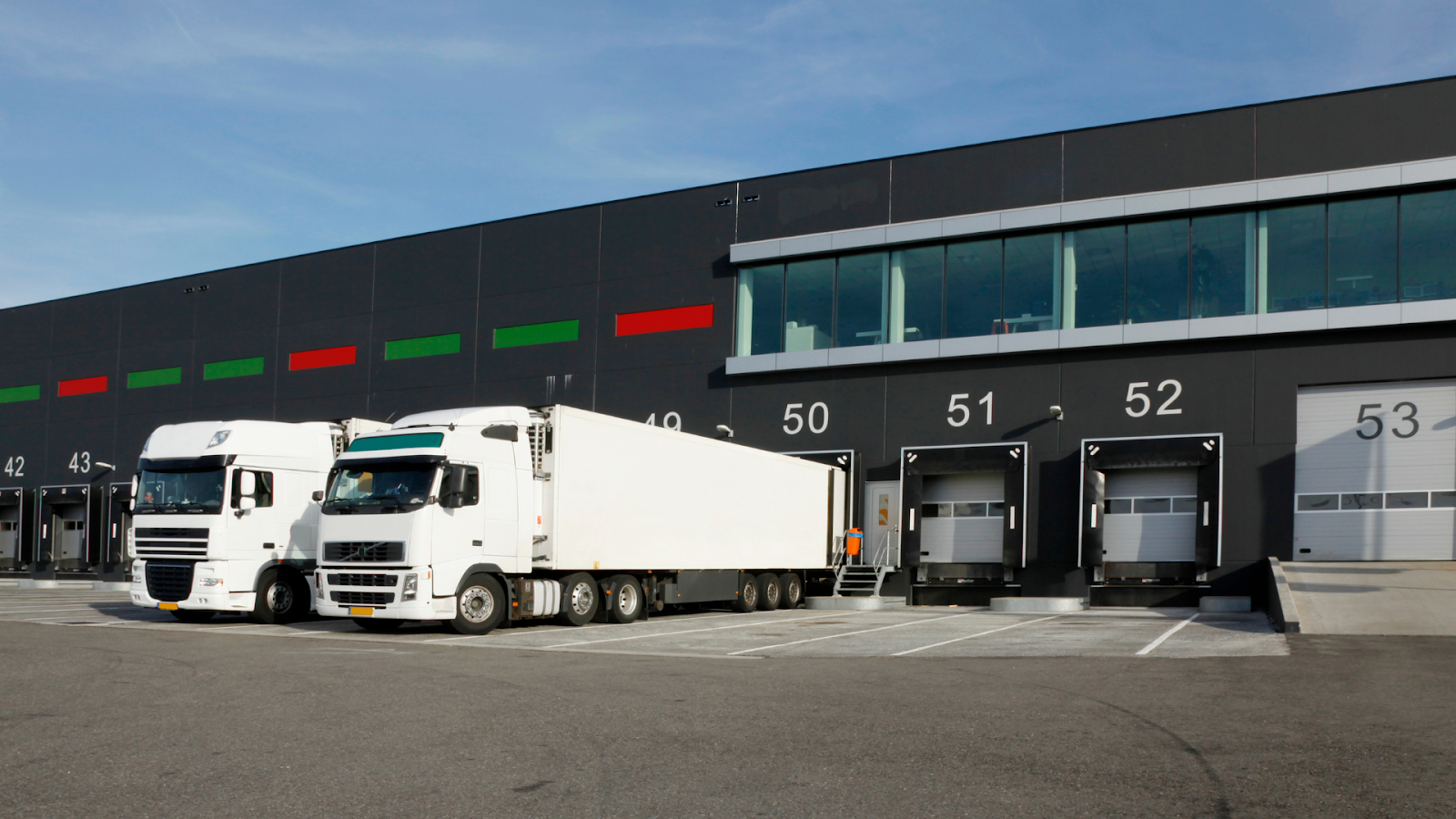
Loading docks come in various configurations to meet the unique needs of different industries. Here are the key types of loading docks to consider for your facility’s design.
Best suited for temperate climates, an open dock provides basic functionality but may require canopies and perimeter rails for weather protection. It is an exposed platform with minimal structural elements, ideal for areas where extreme weather is less of a concern.
Designed for sites with sloped approaches, the depressed loading dock allows for easier access by lowering the dock platform to truck bed height. This type is ideal when basements are not feasible, and the design facilitates smooth loading/unloading with minimal incline.
A space-saving configuration that angles dock bays, reducing the apron space needed. The center distance between docks and the angle determine the required apron space, with a 15° angle needing 121 ft and a 60° angle requiring 67 ft. It’s ideal for optimizing space in tight areas.
Used for sites where docks cannot be placed along the building perimeter, a pier dock extends outwards, typically supported by pilings or other structural foundations. This type allows access where traditional dock placement isn’t feasible.
Best for facilities that lack internal space for dock placement, the self-standing dock is an external structure that provides full docking functionality without needing internal modifications. It is suitable for areas with limited available space within the building.
Aligns directly with the building wall, providing a seamless transition between the dock and the truck. The bumpers project 4 inches beyond the wall to ensure the trailer remains properly aligned and protected during loading/unloading.
Provides climate control, security, and overhead lift capabilities for facilities requiring protection from the elements. While offering enhanced control of interior temperatures and security, this type requires ventilation systems to manage exhaust when trucks are inside.
A dock suited for sites with sloped approaches, this type eliminates the need for a basement but ensures easy truck access by lowering the dock platform. It helps reduce the risk of high-grade slopes interfering with loading/unloading activities.
Optimized for high-volume operations, this dock configuration allows trucks to enter and exit without needing to reverse. The four-sided seals enhance security and prevent theft, making this design particularly useful for facilities with continuous traffic.
After understanding the types, we’ll explore the essential factors to consider when planning and designing your loading dock for optimal functionality.

When it comes to selecting a loading dock, it’s tempting to opt for a buy a ready-made dock solution. However, planning the dock design allows you to tailor the system to your facility's specific needs, ensuring maximum efficiency, safety, and compliance.
Whether you're dealing with unique space constraints, specific product requirements, or fluctuating throughput, a well-designed loading dock can optimize operations and reduce long-term costs.
Here's what you should consider when planning your custom loading dock solution.
When designing a loading dock, it’s essential to tailor the design to the specific needs of the facility. This involves considering factors like the types of goods being transported, the trucks being used, and the frequency of loading and unloading.
Dock design must comply with established industry standards to ensure safe and efficient operations. Adhering to codes like the International Building Code (IBC), ANSI MH30.1-2022 for dock levelers, and OSHA regulations for forklift safety (29 CFR 1910.178) is crucial.
Safety is a top priority when designing loading docks. Key considerations include:
The number of dock positions is crucial to handling the expected truck volume efficiently. Proper planning ensures smooth operations, minimizing delays.
Calculation: The formula to determine the number of dock positions is:
Number of Dock Positions = Trucks per Hour × Turnaround Time per Truck
Example: For a dock with 4.5 trucks/hour and a 0.75-hour turnaround time:
4.5 × 0.75 = 3.375 (round up to 4 positions).
For peak periods, such as 4-hour shifts, recalculate:
4.5 × 1.5 = 6.75 (round up to 7 positions).
Note: Factor in charging time for electric vehicle (EV) fleets to ensure adequate capacity for their longer turnaround times.
The design of a loading dock should be balanced against the available budget, considering both immediate costs and long-term savings through energy-efficient designs and durable materials.
The physical limitations of the building (such as available space or height restrictions) can affect the dock design. Considerations like the space for truck maneuvering, the height of the dock, and room for future equipment must be addressed within the confines of the existing structure.
Footprint challenges refer to the space available for dock facilities within the site. A dock layout must maximize space while adhering to safety and traffic flow regulations. Consider alternative configurations, such as saw-tooth docks, to optimize space in tighter areas.
When designing loading docks, it’s essential to plan for future growth. This includes allowing space for additional dock positions, increased vehicle sizes, or expansion of equipment (e.g., automated systems and EV charging stations).
To bring all these factors together, let’s walk through the step-by-step process of designing an efficient and functional loading dock.

This guide outlines the essential steps to designing a functional, efficient, and safe loading dock. The following steps will help you plan and implement each aspect of the design, ensuring your dock is ready to handle the demands of your operation.
Effective site design ensures smooth vehicle access, minimizes congestion, and integrates modern needs such as EV charging stations and automated systems, all while prioritizing safety.
1.1 Safety Considerations
Implement proactive measures to avoid common hazards where trucks meet the facility.
1.2 Location of Loading Docks
Minimize internal traffic to enhance operational efficiency and streamline vehicle access.
1.3 On-Site Traffic Patterns
Design traffic flow to reduce congestion, ensure safety, and optimize driver control.
1.4 Dock Approach
Proper dock approach design ensures safe and efficient trailer alignment with the dock.
Impact Prevention: Project the dock or bumpers to prevent trailer tops from hitting the building wall. Use the following table for projection based on grade:
2.1 Truck Specifications
Design the loading dock for various truck types, including electric vehicles (EVs) and high-cube containers. Truck specifications will vary in length, bed height, and width depending on the type of vehicle being serviced.
2.2 Dock Height
The dock height plays a crucial role in ensuring smooth product transfer. It should accommodate the bed height variations of different trucks while promoting worker safety and efficiency.
2.3 Loading Bay Widths
The width of the loading bay ensures vehicles can easily access the dock and maneuver with minimal congestion. It also helps reduce the risk of damage when opening trailer doors.
2.4 Dock Doors
Proper dock doors facilitate smooth transitions from the truck to the dock, improving the efficiency of the loading/unloading process. The door size should be selected based on truck size and operational needs.
2.5 Dock Interior
The interior design of the dock is essential for allowing safe and efficient operations. Sufficient space is needed for forklifts, material handling equipment, and future automation needs.
This section covers essential equipment for safe and efficient loading dock operations, including levelers, restraints, and sealing systems, updated with the latest standards.
3.1 Selecting Dock Levelers
Dock levelers bridge the gap between the dock and the truck, compensating for height differences during loading/unloading.
3.2 Elevating Docks
Elevating docks are used for trucks with extreme bed heights, lowering forklifts to ground level for safe and easy loading.
3.3 Bumpers
Dock bumpers absorb the impact from trucks, protecting both the dock structure and the trailer during docking.
3.4 Trailer Restraints
Trailer restraints prevent unwanted trailer movement during loading/unloading, ensuring safety and stability.
3.5 Sealing Systems
Sealing systems close the gap between the trailer and building, improving climate control and security.
3.6 Dock Lights
Dock lights illuminate dark trailer interiors, helping reduce injury risks during loading/unloading.
3.7 Communication Systems
Effective communication systems coordinate dock operations for improved safety and efficiency.
3.8 Run-Off Protection
Run-off protection systems prevent forklifts from accidentally driving off the dock, ensuring worker safety.
When designing an efficient loading dock, it’s essential to incorporate reliable lift solutions for smooth operations. Source Equipment distributes Recessed Dock Lifts, Top of Ground Dock Lifts, and Dock Lift Accessories, all designed to optimize loading and unloading efficiency.
Ensure that the loading dock design meets all relevant codes and safety standards for compliance and safety.
Incorporate modern automation and sustainable features to improve dock efficiency and reduce environmental impact.
Automation:
Sustainability:
Regular maintenance ensures the long-term performance and safety of loading dock equipment.
To further optimize your loading dock, integrating high-quality solutions can make a significant difference. Let’s look at how Source Equipment can help enhance your dock’s performance.
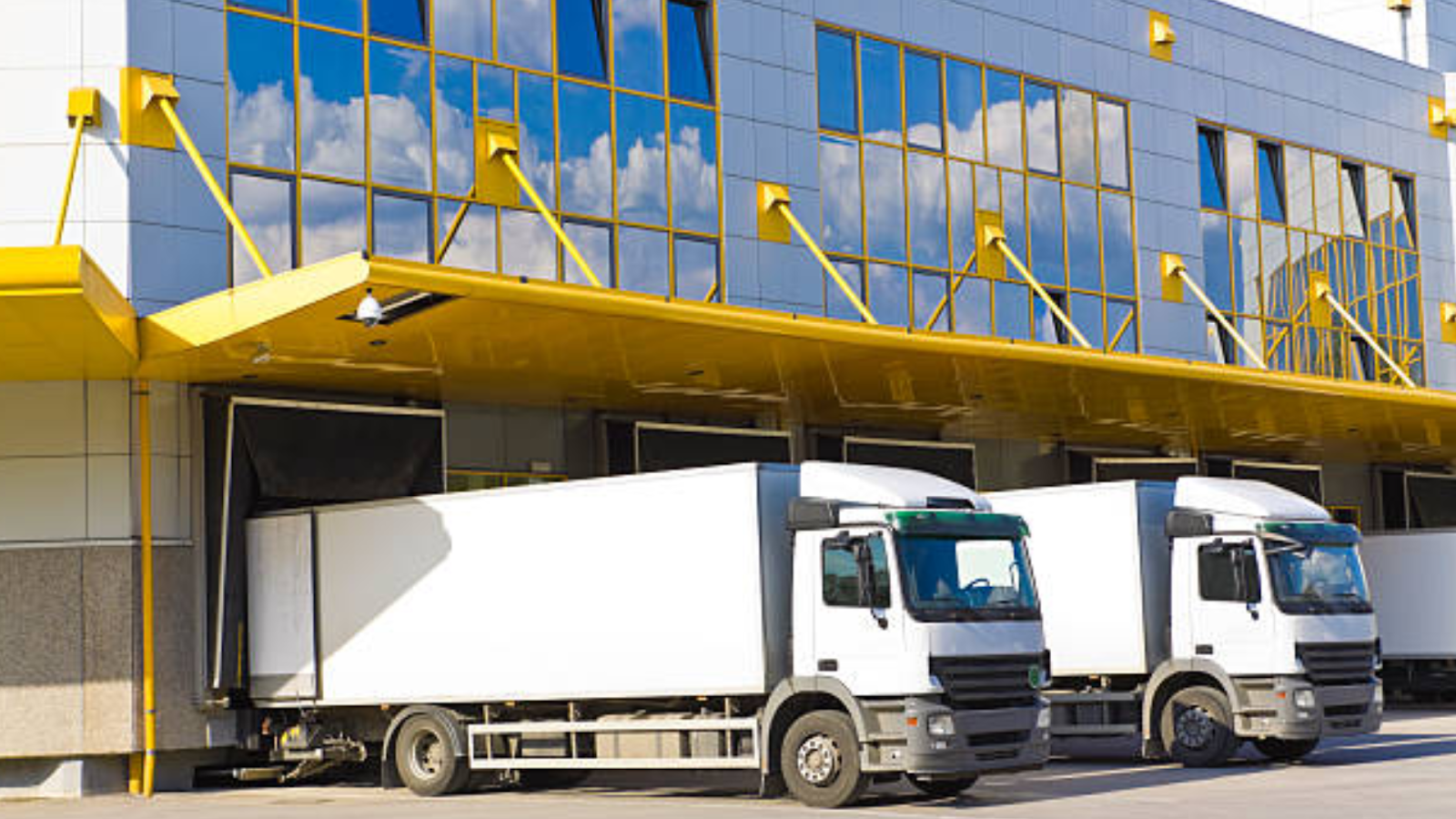
When it comes to creating an efficient and safe loading dock, selecting the right equipment is crucial. Source Equipment distributes a comprehensive selection of products designed specifically for loading dock operations.
Partnering with leading brands like Husky Rack & Wire, Advance Lifts TM, Presto Lifts, and Bayhead Products, we offer durable and reliable solutions to meet loading dock specifications and improve workflow.
These recessed dock lifts are designed to lower forklifts and other equipment to ground level, allowing smooth transitions between the dock and truck bed. They are perfect for sites with height differences and are built to handle heavy loads efficiently.
Ideal for dock areas where ground access is needed but a recessed pit is not an option. These lifts offer the flexibility to handle trucks with varying bed heights, ensuring a smooth and safe loading and unloading process.
Hydraulic lift tables are essential for raising and lowering loads to optimal working heights. These tables improve ergonomic handling, reduce manual lifting, and ensure smooth material movement, making them a perfect addition to any loading dock.
Pallet rack enclosures and rack guards are essential for protecting your racking system and valuable inventory from damage. These enclosures provide secure storage and keep products organized while also protecting your loading dock infrastructure from forklift impacts.
Wire decking is ideal for creating sturdy, organized storage on pallet racks, allowing easy visibility and ventilation of stored products. This helps keep your loading dock organized, increasing productivity while maintaining safety and accessibility.
For transporting large quantities of materials in and out of your loading dock, tilt trucks and large capacity box trucks provide convenient and efficient handling. These products are perfect for managing bulk materials, reducing manual handling and increasing efficiency.
If you need durable levelers or warehouse safety gear, Source Equipment is your one-stop solution for reliable loading dock solutions.
Designing the right loading dock is crucial for operational efficiency and safety. When aligning your loading dock specifications with your facility’s needs, consider both current requirements and future scalability.
To ensure your loading dock is optimized for both productivity and safety, Source Equipment offers a wide range of high-quality products. From dock lifts to safety equipment, we provide tailored solutions that meet your specific loading dock needs.
Contact Source Equipment today for expert advice and the best solutions tailored to your facility.
Key components of a loading dock design include dock levelers, safety barriers, proper positioning, and efficient traffic flow. It's also crucial to consider equipment compatibility, weather protection, and alignment with operational needs. Compliance with safety standards such as OSHA and ANSI is essential for ensuring a secure, functional, and legally compliant setup.
To determine the number of dock positions, calculate: Number of Dock Positions = Trucks per Hour × Turnaround Time per Truck. Consider both peak and regular traffic times to ensure your facility can handle daily operations efficiently without congestion or delays, factoring in the specific flow of goods in your warehouse.
The most common loading dock configurations include open docks, recessed docks, saw-tooth docks, and drive-thru docks. These designs vary based on space availability, traffic flow, and safety requirements. Open docks are exposed and simple, while recessed and saw-tooth docks help optimize space. Drive-thru docks improve high-traffic operations by allowing trucks to move through without reversing.
Automation in loading docks, including dock management systems, automated levelers, and AGVs (Automated Guided Vehicles), helps speed up operations, reduce human errors, and enhance safety. By automating tasks such as alignment, weight checks, and truck flow management, businesses can streamline their processes, reduce wait times, and ensure better coordination between various dock activities.
To ensure safety and legal compliance, loading dock designs must adhere to OSHA, ANSI, and ADA standards. These regulations cover areas like structural integrity, proper barrier placement, and truck access, as well as guidelines for safe working environments. Local building codes may also provide specific requirements for design, construction, and maintenance practices.

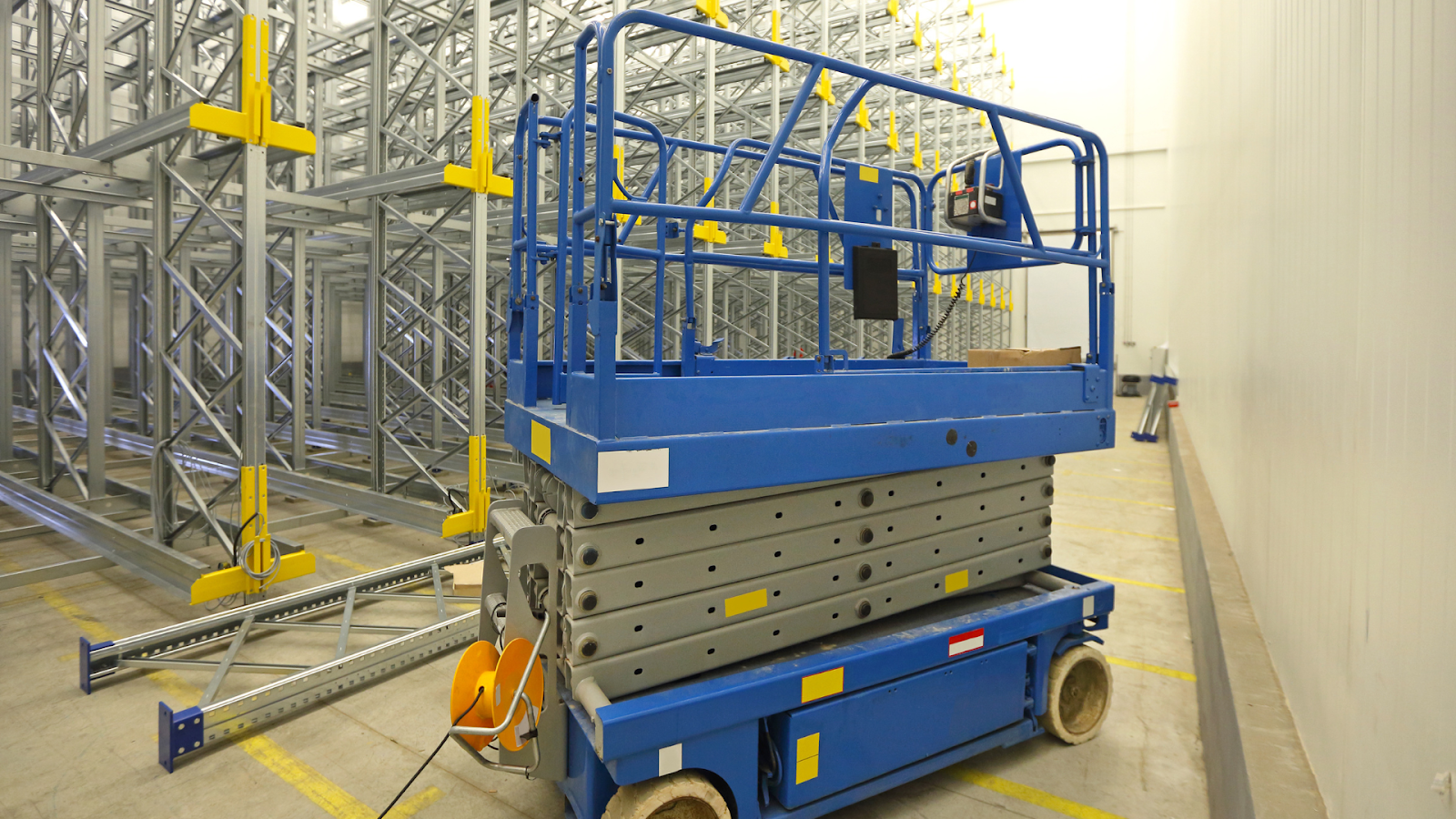
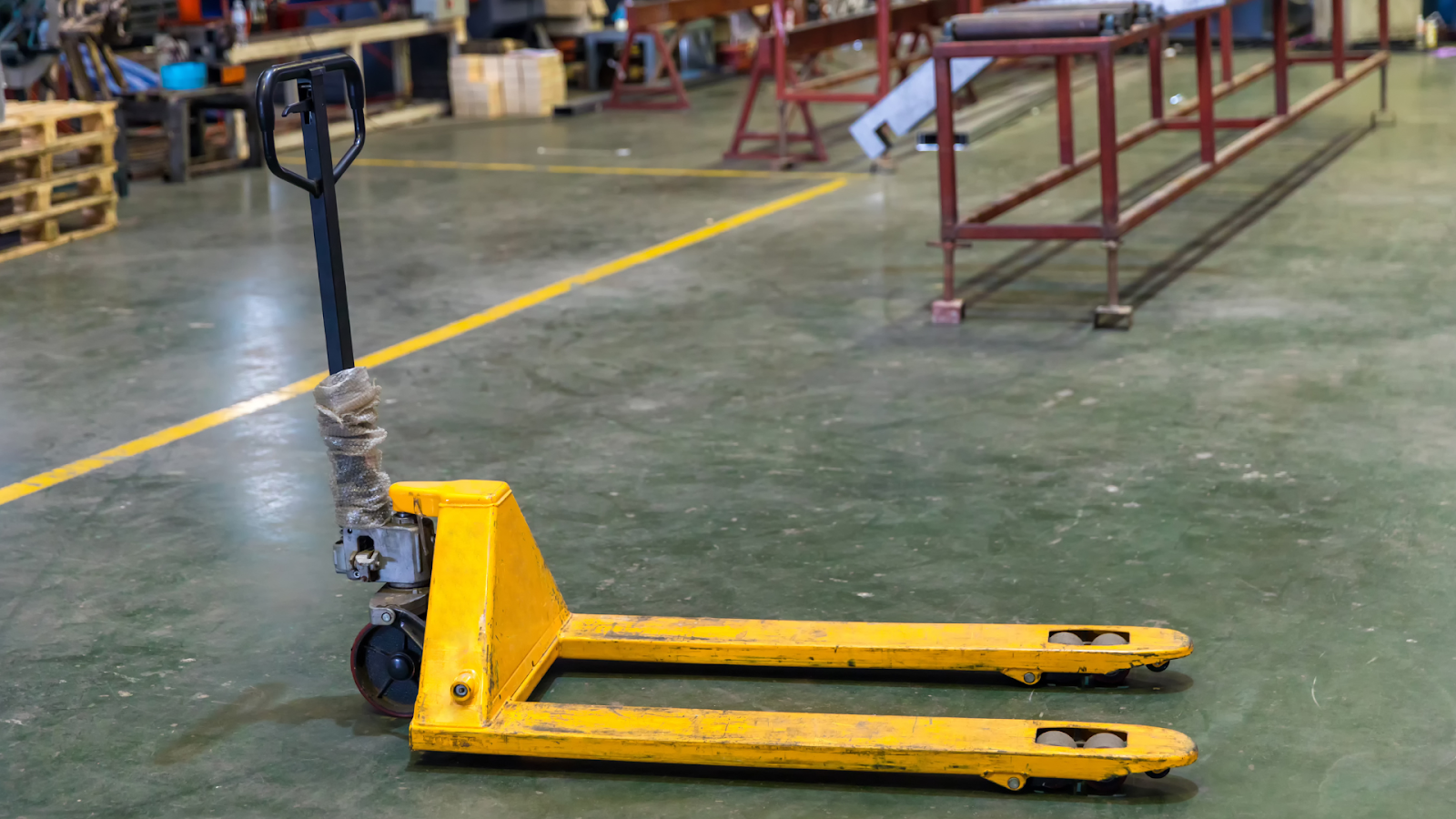
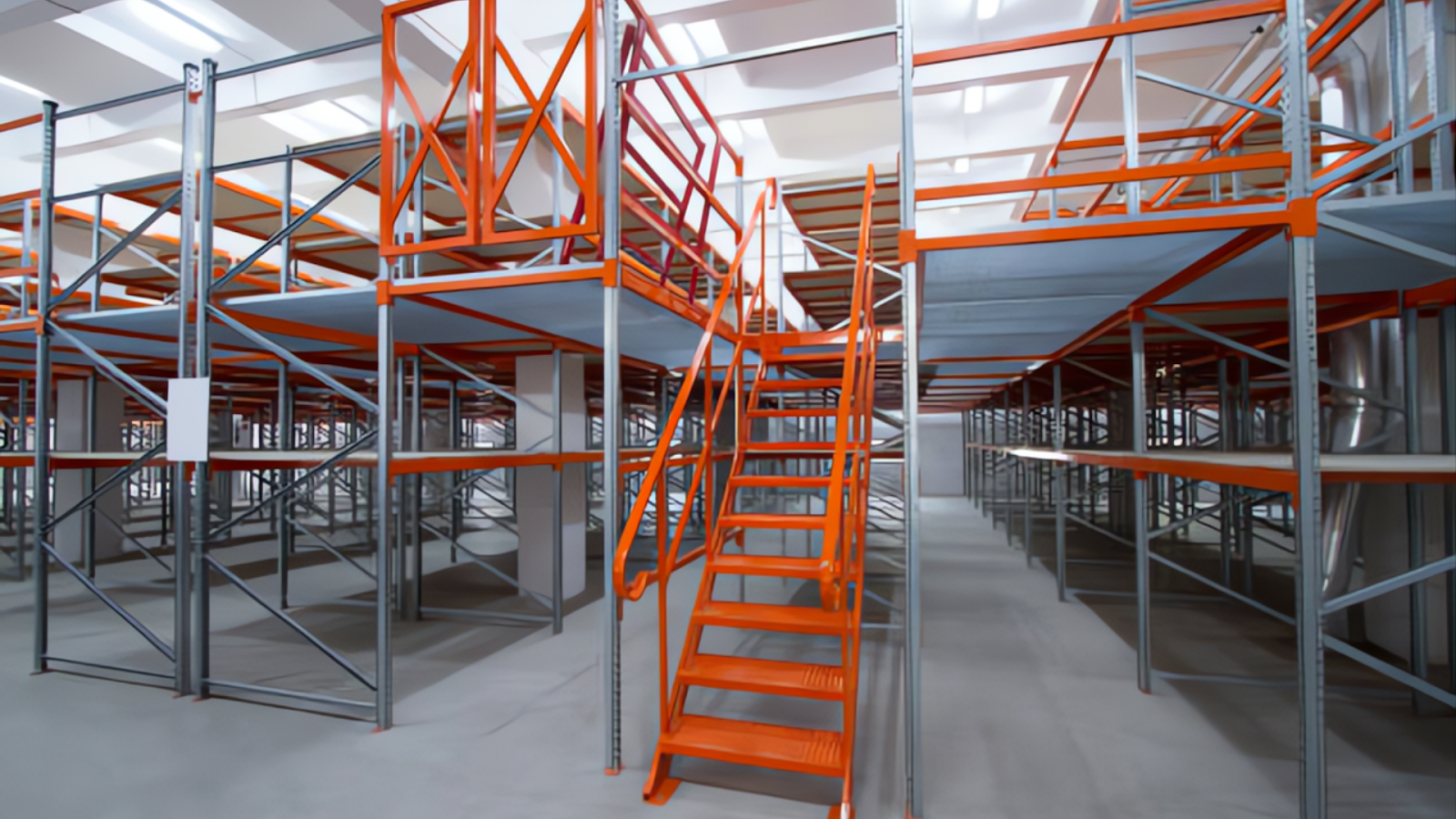
Ready to Upgrade Your Process Operations?